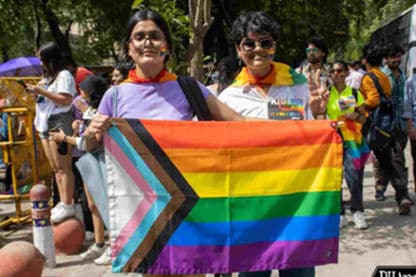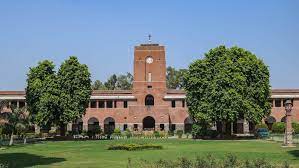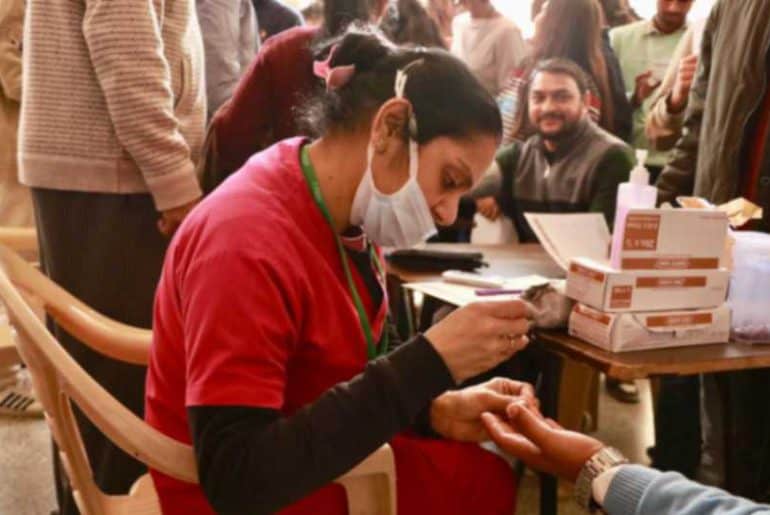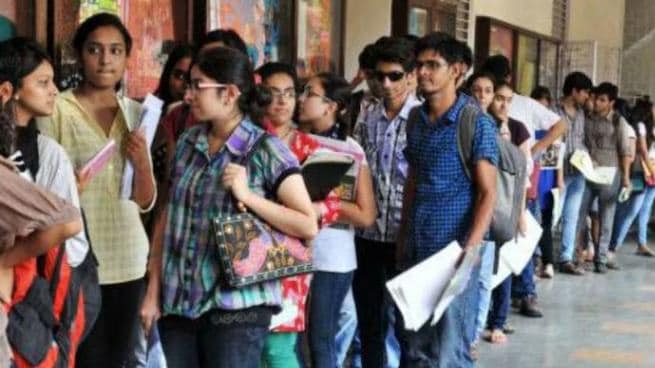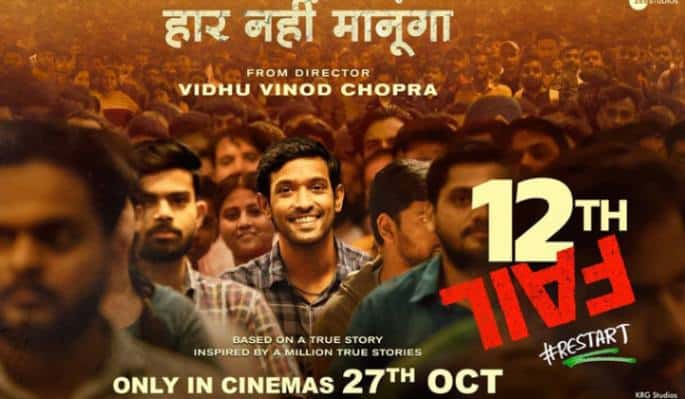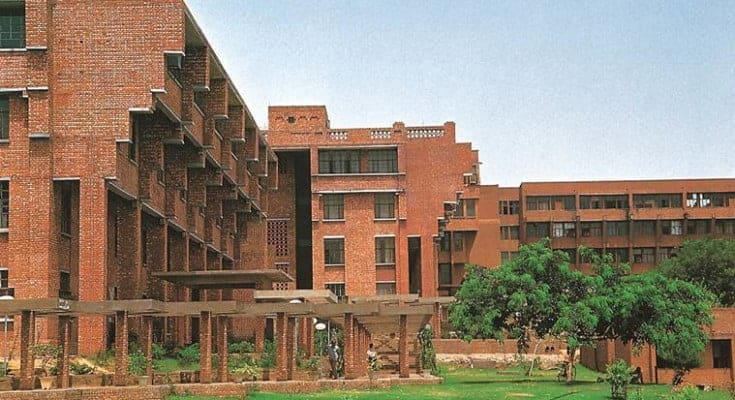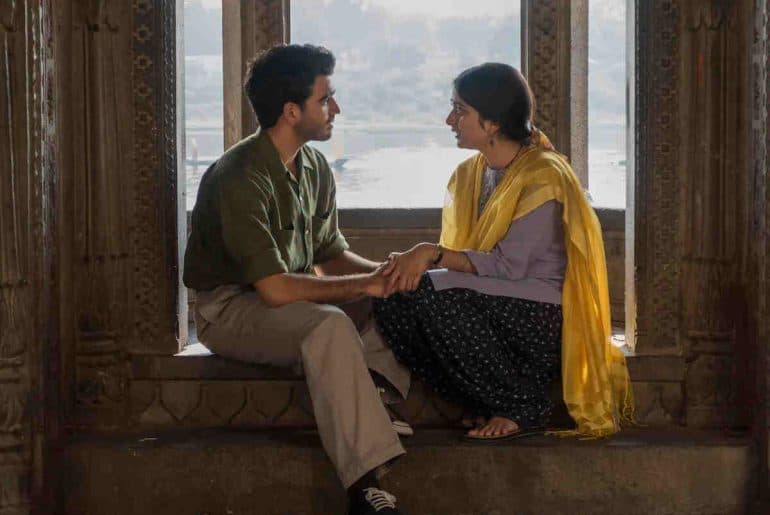Beyond the heteronormative confines, let’s celebrate love that is real, joyful, innocent, and proud!
A student from Delhi University shares their love story—something that started off as a childhood crush, a relationship ended on unfinished terms, and a friendship that’s mature and understanding.
“So, as a kid, our family moved around a lot, so I was always the new kid that could never really make good friends as I wasn’t a conventional “girl.” I used to cut out pictures of Deepika Padukone from magazines, but obviously I was straight! The first boyfriend I ever had also turned out to be queer, so that was great. When I was in the 8th grade, our family moved to Orissa, and we lived in a corporate township. There was this girl with curly hair who soon became my benchmate. Since we lived pretty close to each other, bicycle rides, study sessions, and long conversations soon became the norm and blossomed into friendship. I started penning poems for her in my diary: “Her hair glistened in the sun,” reminding myself of the fact that “I’m definitely straight.”.
Soon I realised that “kuch toh hai.” I don’t want to be just friends with her. I started justifying my identity too. The pandemic sort of gave me a sense of stability as well. I assured myself that “being a lesbian is valid.” After the lockdown, we started hanging out again. I used to call her up at night, asking her “homework samjhado.” She knew I had done the homework, yet she explained everything. One day I just called her (it was the 14th of July), and a cyclone was about to hit, so I knew I wouldn’t be able to meet up with her for some time. We met up, and I told her, “Oh, I think I’m gay,” and she said, “I think I’m gay too,” and we just cycled back to our homes. We met up again on the day of our SST exam. She said, “I’m not into girls,” and again, we cycled away. A couple of days later, she tells me, “I like you,” and again, we just cycle together. There is just a lot of delusion going on. Time passed by, and she was about to move out to go for JEE coaching. I knew I couldn’t beat around the bush anymore. So I just told her, “I like their pronouns.” We just cycled together again. We were having a 6th standard type of love story in the 11th standard. She finally moved away.”
(Trigger warning: s**cide.)
“We started flirting over Whatsapp. She came back from the hostel, and we held hands and walked around; she was stable. My mom thinks, “She’s a very good friend.” Yes, a friend, with whom I used to spend hours in my room studying (making out). Thanks to my sister for always being there for me. Letting me “hang out” with my “friend” in my bedroom. My sister has always been my biggest support system. She used to always ask the barber to cut my hair just a little more. She bought me binders and fought for me to have even the little bit of freedom I could in my house. When I came out to her, she said, “I knew since the time you were simping over Deepika Padukone.” ! The second standard made me extremely s**cidal. Our parents started to question our sexuality. Her parents thought I was a bad influence on her. We were constantly pitted against each other. Family and academic pressure were extremely high. We broke up without even speaking to each other. I didn’t want to see her anymore. And we left on unfinished terms.”
“During our CUET exams, she came back. I saw her on the day of my first slot. Our eyes just locked together across the exam centre. My mom asked me to go say hi to her. I was extremely shocked, and I just stared at her. And I ran away; it seems like we were just always running away. On the second day of CUET, we met again. This time, we hugged each other and just bawled our eyes out. Then, we left things on unfinished terms again. After our CUET results, we were both getting into the same college, but her parents didn’t want her to go near me. They didn’t allow her to come to DU. We then called each other up. I guess we were much more mature then. We spoke to each other for hours and decided to end our relationship. She said how I should have always known she liked me back in school. “You were giving me gay panic back when we were bench-mates, and you used to run your fingers through my hair’, she said. We are still extremely good friends. I did love her first, and I guess I’ll always love her, but this is not a love story. We left things on unfinished terms so many times that we didn’t realise when our relationship became toxic. I guess I was always the red flag. But I just want to say that I’m much more confident, mature, and just a better human being now. We just grew up. We still sometimes flirt with each other. By the way, she’s in a relationship with someone now, and she constantly reminds me to stop flirting with her, but I guess old habits die young. She sends me origami swans, and I like to bind books, and I always do it for her. I once gifted her a hand-bound copy of “The Blue Umbrella,” her favourite book, and that’s just our love language. I still love her. I always will. We sometimes joke about how, when we’re 50 and neither of us have wives, we will just marry each other. But again, just to reiterate, this is not a love story. I think it’s a story of friendship and support. Her, my sister, my friends in college now, my people—they are all my love.”
A student from Hindu College shares their journey of self-love, self-acceptance, and being loved.
“I went through a lot of internal strife before even considering sharing this. You’ll realise why when I tell you who I am—a gray-romantic bisexual AFAB (she/they) dating a straight cis man.
Throughout my life, when I was aware of things like my romantic and sexual orientation, I’ve always been at odds with my feelings. It took me so much effort to come to terms with who I am—the constant question of, Am I straight? Am I gay? Or am I just seeking attention? coupled with the feeling that something’s wrong because, as much as I find men and women and envy people hot, I did not cry desperately like my friends did for love. I had no clue why I had to be bi when I didn’t feel the need for love only?! I sought validation in queer media and online queer spaces, where again I could relate to the struggles of being bi, the biphobia, etc., but my other half of the struggle was left unseen.
Then I met a friend who suggested the term “aromantic.” She identified me as Aro-ace, and yet again, I was torn—it seemed like I was an anomaly. My two halves would never be reconciled. I dehumanized myself and saw myself as some heartless monster who could never enjoy the beauty within people. I had come to terms with the fact that I would just not be able to relate to love; everybody is hot, and it is okay. I would get myself a cat, and I would be the single crazy cat lady forever.
That was until I met my partner. I am that extroverted person who can talk people’s ears off and yet not open up a single thing about herself. I had trauma growing up, and it created giant walls around myself, and because of my nature, very few people notice it and try to get past the walls.
It is safe to say that the people I let in just created more trauma for me. They saw me, but I never felt seen. And here comes this shy but playful boy, who saw me at one of my worst times, holding my hand and telling me, “It’s okay. You’re not a monster. You’re just another human who was let down by people who should’ve never done that in the first place. I promise that I’ll try my best not to join them.” For the first time in my life, I felt seen. I had not known what it’s like to feel love, but for me, that was it—to be seen. To be understood. To be supported.
Now I smile whenever his text pops up on my screen. I love him with all my heart; he’s been nothing short of wonderful, caring, and supportive. I am happy and content with everything I have in my life. Then what’s the strife? Again, I’m a gray-ro-bi AFAB dating a straight cis man. Every word of that sentence is a plot twist. There aren’t days when I don’t feel like maybe I’ve just been lying to myself and everyone all along—that maybe I’m just a straight woman who might not have “found the right guy yet.” I thought I had defeated my internalised aro-phobia and biphobia long ago, but now I realise it’s never as simple as that. Queerness is never a static thing; it flows and does so in beautiful ways. I might feel like I’m a walking and talking contradiction and that I’m not queer enough to be in queer spaces. But those are just that—just feelings. I’m still gray-romantic, still bi. Still queer, and a loved one at that too.”
Dear reader, let’s not let “love” be restricted to an idea, romance, or mainstream holiday. I believe it’s a celebration, something we experience every day, and there’s love in our joys, our sorrows, our laughter, and our tears. Your love story is valid; it’s real, and it’s yours. Let there be love, and let there be light!
Read Also: https://dubeat.com/2024/02/11/feminism-a-belief-or-a-tagline/
Featured Image Credits: Sukriti for DU Beat
Gauri Garg
[email protected]



